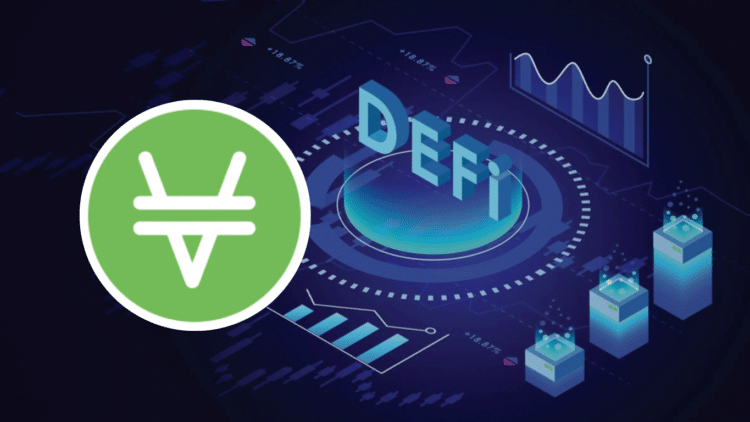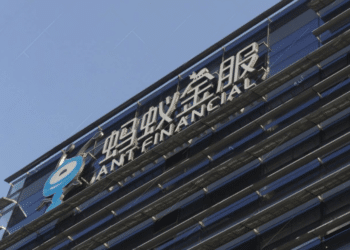At the core of the decentralized finance (DeFi), revolution lies the need for stability and reliability. The DeFi ecosystem comprises a network of decentralized applications (dApps) that operate on a blockchain network. These dApps enable users to access financial services such as lending, borrowing, and trading without relying on traditional financial intermediaries. However, the decentralized nature of DeFi also presents unique challenges that require innovative solutions to overcome. This is where Vai (VAI) comes into play, providing a stable and reliable foundation for building a decentralized financial ecosystem. If you are starting crypto trading, try immediate fortune. It is an amazing online trading platform for a seamless trading experience.
What is Vai?
Vai is a decentralized stablecoin that operates on the Venus Protocol, a leading DeFi platform built on the Binance Smart Chain (BSC). Vai is pegged to the value of the US dollar, making it a stable store of value that can be used for transactions and trading within the DeFi ecosystem. Vai is backed by a basket of cryptocurrencies that are deposited as collateral by users of the Venus Protocol. The basket is dynamically adjusted to maintain the peg to the US dollar.
How does Vai enable stability and reliability in DeFi?
One of the main challenges in the DeFi ecosystem is the volatility of cryptocurrencies. This volatility can lead to instability and uncertainty, making it difficult for users to trust the ecosystem. Vai addresses this challenge by providing a stable and reliable store of value that is pegged to the US dollar. This stablecoin enables users to transact and trade within the DeFi ecosystem without being exposed to the price fluctuations of other cryptocurrencies.
Moreover, Vai also enables reliable lending and borrowing within the DeFi ecosystem. Lending and borrowing in the traditional financial system rely on the creditworthiness of borrowers and the collateral they provide. In the DeFi ecosystem, the absence of traditional creditworthiness assessment and collateral requirements can make lending and borrowing risky. However, Vai provides a stable collateral asset that can be used in lending and borrowing transactions, reducing the risk for both lenders and borrowers.
Furthermore, Vai also enables stable and reliable trading within the DeFi ecosystem. Trading in the traditional financial system relies on stable and liquid assets such as currencies and stocks. In the DeFi ecosystem, the volatility of cryptocurrencies can make trading risky and uncertain. However, Vai provides a stable and liquid asset that can be used for trading within the ecosystem, reducing the risk for traders and increasing the liquidity of the ecosystem.
How does Vai support the growth of DeFi?
The DeFi ecosystem is still in its early stages of development, and there is a need for innovative solutions that can support its growth. Vai is one such solution that can support the growth of DeFi by providing a stable and reliable foundation for building decentralized financial applications. The stablecoin enables the development of new DeFi applications that rely on stable value transfers, lending, borrowing, and trading.
Moreover, Vai also enables the integration of DeFi with traditional finance by providing a bridge between the two systems. The stablecoin can be used as a means of transferring value between the DeFi and traditional financial systems, enabling the two systems to work together seamlessly. This integration can support the adoption of DeFi by traditional financial institutions and individuals, further driving the growth of the ecosystem.
Conclusion
The decentralized nature of the DeFi ecosystem presents unique challenges that require innovative solutions to overcome. Vai is one such solution that provides a stable and reliable foundation for building a decentralized financial ecosystem. The stablecoin enables stability and reliability in transactions, lending, borrowing, and trading within the ecosystem. Moreover, Vai also supports the growth of DeFi by enabling the development of new applications and the integration of DeFi with traditional finance.















